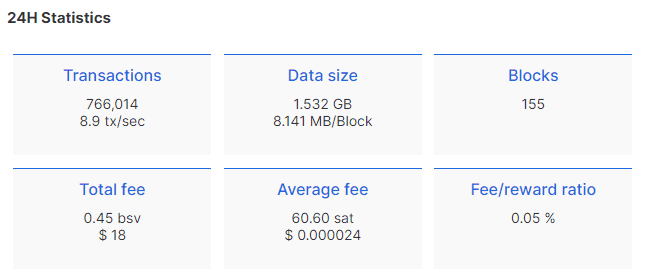|
Getting your Trinity Audio player ready...
|
Fifteen years after the release of Bitcoin, the world is finally catching up to blockchain technology’s potential to deliver real utility.
A recent pilot by Goldman Sachs (NASDAQ: GS), Visa (NASDAQ: V), BNY Mellon (NASDAQ: DMF), and others launched last May and finished on March 12.
The Canton Network brought together 15 asset managers, 13 banks, four custodians, three exchanges, and a stablecoin issuer (Paxos) to explore how an open blockchain network could facilitate real-time settlement and immediate reconciliation.
The project simulated 350 transactions, proving blockchain could be used for financial applications while adhering to regulations.
The BSV blockchain can do all of this, and then some
As banks and others explore the potential use cases of blockchain technology when it comes to utility at scale, there’s only one game in town: the BSV blockchain.
Following the Bitcoin white paper penned by Satoshi Nakamoto, the BSV blockchain has proven itself as a scalable enterprise blockchain solution. Processing an average of one million transactions per day, BSV blockchain has a range of applications in remittance, auditing, cybersecurity, gaming, and multiple other fields.
In the past 24 hours, the average BSV transaction fee was $0.000024, meaning applications of all kinds can utilize micropayments and push massive transaction volumes with tiny fees.

If traditional financial firms utilize the blockchain to tokenize assets, build interoperable services, and unlock greater efficiency, a scalable public blockchain is a prerequisite.
Experiments like the Canton Network are steps in the right direction, but banks, financial firms, and others looking at the utility of blockchain technology must build on the same chain to succeed.
Building on private chains and operating inside walled gardens completely defeats the purpose of blockchains. Private blockchains are pointless. Time-stamped records must be visible on a single immutable ledger for the blockchain’s anti-fraud capabilities to be utilized.
A new era of blockchain utility is upon us
The world is slowly waking up to the fact that most “cryptocurrencies” have no value, and the blockchains they operate on are ghost towns.
However, as this realization dawns, so does another: utility blockchains are the future. All is not lost because ‘crypto’ has crashed and burned, leaving many speculators jaded and unwilling to re-enter the markets.
The shift now focuses on how immutable ledgers can revolutionize finance, banking, cybersecurity, gaming, and more. As Web 3.0 and the metaverse shift from hype cycles to real applications, the scalability, throughput capacity, fees, and utility of the various blockchains will take center stage.
BSV will continue to scale unboundedly, allowing builders to create blockchain applications at scale.
Watch: With blockchain, the utility is becoming more and more important

 06-30-2025
06-30-2025 





